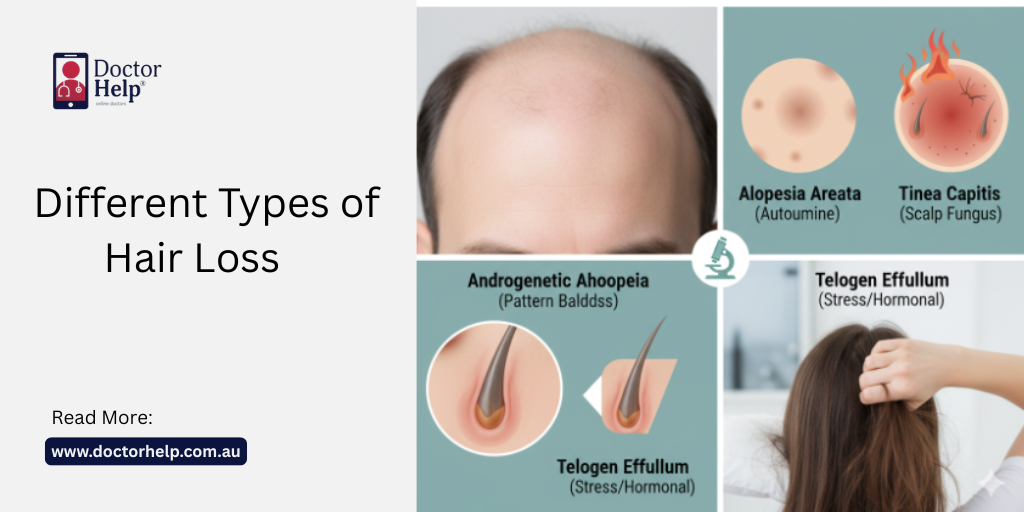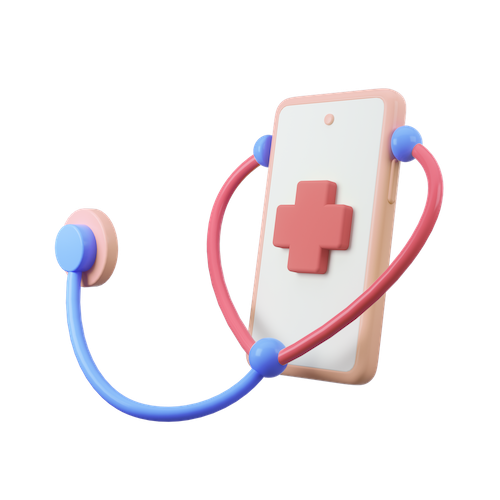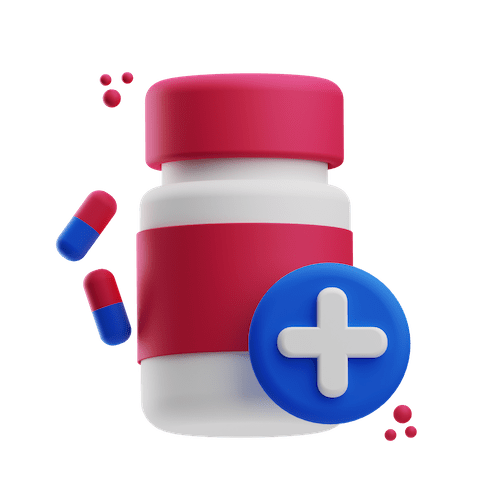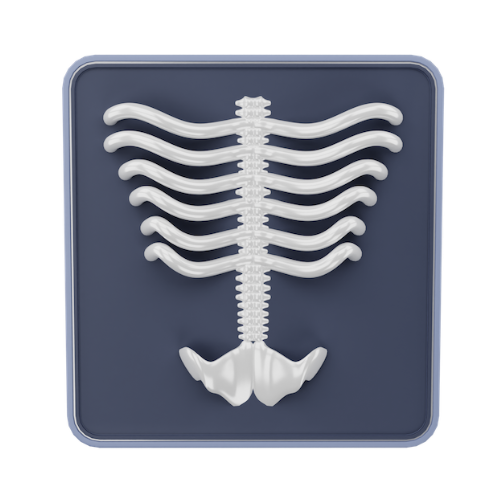Table of Contents
We’ve all had it – that dull, pressurized, sometimes sharp pain deep inside the ear. It starts quietly, then builds into something you can’t ignore. If it happens to your child, it’s even worse. Crying, pulling at the ear, can’t sleep. You’re left wondering, “Is it serious? Do I need antibiotics? Should I rush to the clinic?”
You’re not alone – ear infections are one of the most common reasons Australians (especially parents) reach out to a doctor. And thanks to telehealth, getting expert help has never been easier.
In this article, we will discuss ear infection symptoms, what causes them, their symptoms, ear infection treatment at home and when it is important to seek medical attention.
Whether you’re a busy parent, student, or just dealing with ear pain on a random Tuesday – this is your go-to guide for staying informed and protected.
What Is an Ear Infection?
An ear infection occurs when either a bacteria or virus leads to inflammation and additional fluid buildup in your ear. And yes, there are different types:
- Outer ear (otitis externa) – often called “swimmer’s ear”
- Middle ear infection (otitis media) – the most common type, especially in kids
- Inner ear (labyrinthitis) – less common, but linked to balance and hearing issues
Typically, it begins when the Eustachian tube which links your ear to your throat, becomes congested by a cold or sinus problem. Since the passage for fluid is blocked, germs can thrive and reproduce there.
Studies say that earaches are very common in young children, but adults may also get them, especially if they are tired or recovering from a cold.
The Royal Children’s Hospital Melbourne reports that almost 75% of children develop at least one middle ear infection before they are three.
It’s Just an Earache, Right?” Not Always. Here Are the Real Ear Infection Symptoms
This is where it gets tricky. Some ear infections are obvious – intense pain, hearing loss, even fluid leaking out and others are subtle. Not all ear pain is an infection, but here are the most common signs you may be dealing with one:
Ear Infection in Adults:
- Sharp or throbbing pain inside the ear
- Muffled or reduced hearing
- Feeling of pressure or fullness
- Drainage (clear or yellow fluid)
- Dizziness or loss of balance
Ear Infection in Children:
- Tugging at ears
- Crying more than usual
- Trouble sleeping
- Fever
- Lack of response to sound
Ear Infection Causes
Most ear infections are caused by:
- Bacteria like Streptococcus pneumoniae
- Viruses (often following a cold or upper respiratory infection)
- Allergies, smoke, or fluid buildup
Children have shorter, flatter Eustachian tubes, making it easier for bacteria to reach the middle ear.
How to Treat Ear Infection at Home?
Good news: not every ear infection needs antibiotics. If ear infection symptoms are mild and there’s no fever or discharge, try this first:
Home Remedies That Work
- Warm compress over the ear – simple, but comforting
- Paracetamol or ibuprofen for pain and inflammation
- Stay hydrated and rest (yes, rest really does help)
- Keep ears dry – avoid swimming or showers splashing in
Don’t stick anything in your ear – no cotton buds, no garlic oil, no “TikTok tips.” Seriously. I’ve seen more damage done that way.
When to See a Doctor for Ear Pain
Sometimes, we hesitate to get help. Life’s busy, we don’t want to overreact. But with ears, delaying care can lead to bigger problems – like ruptured eardrums or long-term hearing issues.
Call or book a telehealth appointment if:
- Pain lasts more than 48 hours
- Fever
- Fluid or pus is coming out of the ear
- Hearing becomes muffled or goes completely
- Dizziness, nausea, or ringing starts
In these cases, a doctor may prescribe antibiotics or refer to an ENT specialist.
Don’t wait. You can book an online GP consultation right now and get advice in minutes – especially if it’s late at night or the clinic’s closed.
Do You Need Antibiotics for an Ear Infection?
Not always – and that’s not just our opinion.
Many bacterial infections – especially in older children and adults – go away on their own. That’s why doctors often use a “watch and wait” approach.
Antibiotics are usually prescribed when:
- Symptoms are severe or last more than 2 days
- The patient is under 6 months old
- There’s visible pus or discharge
- There’s a risk of complications
If antibiotics are needed, a telehealth doctor can prescribe them online and send the script to your local pharmacy or even for home delivery.
Can You Get Treatment for an Ear Infection Online?
Absolutely. You don’t need to drag yourself – or worse, your crying toddler – into a crowded waiting room.
Through platforms like Doctor Help, you can:
- Speak to an Australian-registered GP via video
- Get diagnosed based on symptoms
- Receive a prescription or medical certificate
- Ask follow-up questions without pressure
People Also Ask
Is it possible to treat a child’s ear infection with telehealth?
In many cases, it’s good to use for routine follow-ups or mild ear infection symptoms. If you find that your child’s symptoms get worse, take them to a doctor for an in-person checkup.
Could the fluid that comes out of the ear be harmful?
Yes, this problem might be caused by a burst eardrum. Get an appointment with your GP as soon as possible.
Is it possible to board a plane with ear infection?
Changes in pressure during flying often increase pain in some people. Get checked by a doctor before you go on your trip.
Is ear infection a common side effect of allergies?
Yes, they may disturb the nasal passages and cause the Eustachian tube to become blocked.
Final Word
Ear discomfort is easy to brush off – until it isn’t. Maybe it’s that nagging pressure, the throb that wakes you at 2am, or the worry on your child’s face when they can’t explain what’s wrong. These aren’t just symptoms – they’re signals. And listening to them early can save you pain, stress, and complications down the road.
We’re lucky to live in a time where help is just a click away. You don’t need to wait it out, second-guess yourself, or sit in a packed clinic. With telehealth, you can speak to a real doctor, get real answers, and access ear infection treatment without leaving your home – whether you’re on the couch, in bed, or even in the car between school drop-offs.
Your health doesn’t need to be a crisis to deserve care. Even the small stuff matters – especially when it’s keeping you from feeling like yourself.
Got ear pain? Don’t wait.
Book a telehealth GP for ear infection and get expert care from home.
References:
- Department of Health & Human Services. (n.d.). Middle ear infections. Better Health Channel.
https://www.betterhealth.vic.gov.au/health/conditionsandtreatments/middle-ear-infections - Healthdirect Australia. (n.d.). Ear infection. Otitis Media and Otitis Externa | Healthdirect.
https://www.healthdirect.gov.au/ear-infection - Middle-Ear infection in adults. (2024, May 14). Johns Hopkins Medicine.
https://www.hopkinsmedicine.org/health/conditions-and-diseases/otitis-media-middle-ear-infection-in-adults#:~:text=Middle%2Dear%20infections%20are%20common,health%20care%20provider%20for%20treatment - Clinical Practice Guidelines : Acute otitis media. (n.d.).
https://www.rch.org.au/clinicalguide/guideline_index/acute_otitis_media/#:~:text=Background%20%2075%%20of%20children%20have%20at,%20Peak%20age%20prevalence%20is%206%2D18%20months














